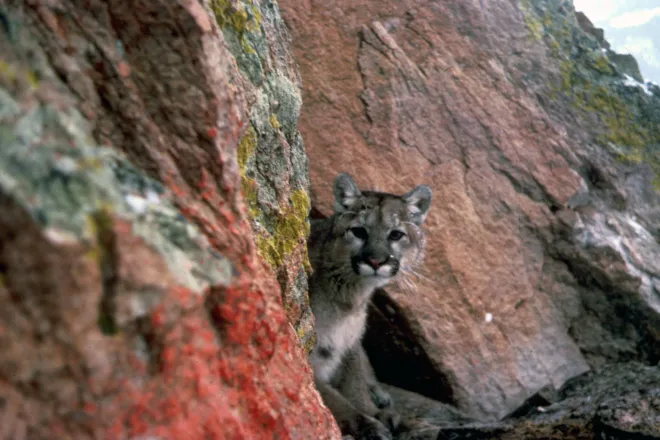
The nation is experiencing a climatic pattern change over the summer, but signs of its transition may not appear over the next three months. Rod Bain reports.
PARTICIPANTS: Rod Bain and USDA meteorologist Brad Rippey.
Transcript
There is an expected climate change over the US during the summer months.
As USDA meteorologist Brad Rippey explains, "Back in late April we were talking about the imminent demise of El Nino and we're seeing a transition that has begun already to the opposite condition known as La Nina."
Or to explain these respective climate phenomena, El Nino is a warming of the equatorial waters in the central and eastern Pacific Ocean, generally from the international dateline eastward to the South American coast.
While expected with La Nina are colder than normal waters in that same region, central and eastern equatorial Pacific.
Rippey says the transition from El Nino to La Nina is expected to be quick.
The official forecast from the National Weather Service is fully expecting La Nina to develop by July to September 2024.
When we categorize El Nino or La Nina, we kind of break it into three-month packets.
And so when I say July to September, it just means you average those three months.
It's likely that we'll see La Nina by that time.
The forecast team that put this outlook out for La Nina actually expects that La Nina could form as early as June to August 2024.
Yet we may not believe it to be a fast transition due to lack of signs and weather patterns associated with La Nina over the summer.
It takes a while for the atmosphere to recognize the changes in the equatorial Pacific.
So we're not expecting any imminent changes.
And in fact, if anything, we're still seeing weather patterns across the United States that are more consistent with El Nino than with La Nina.
And that's because the atmosphere has not completely spun down from the impacts of the warm water in the Pacific that peaked last December and January.
One immediate indication of the El Nino to La Nina transition underway is an active tropical season.
Think tropical storms and hurricanes in the Atlantic Basin.
When you have La Nina in place, one of the most immediate and sudden impacts is that it decreases wind shear across the Atlantic Basin.
In 2024, we may not have the wind shear to tear them apart.
Other La Nina associated weather traits should become more evident in the late fall.
In fact, beyond the 2024 growing season, for instance, a drier and warmer winter in much of the southern tier of the nation and a much colder winter in parts of the country's northern tier, featuring heavier snowfall.
I'm Rod Bain reporting for the U.S. Department of Agriculture in Washington, D.C.








